- Replies 21
- Views 4.7k
- Created
- Last Reply
Top Posters In This Topic
-
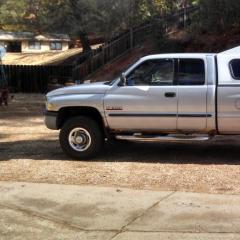 Nekkedbob 7 posts
Nekkedbob 7 posts -
 Mopar1973Man 4 posts
Mopar1973Man 4 posts -
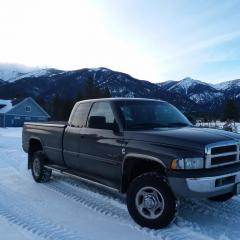 Tractorman 4 posts
Tractorman 4 posts -
 Haggar 2 posts
Haggar 2 posts
Most Popular Posts
-
In the first quote you mention "brakes" as in plural. In the second quote you mention "they", which indicates plural again. So, I am understanding that both brakes on the rear axles are overheating.
-
This is an excellent idea and an easy step that will have informative results. I was going write that in my original post, but I forgot to do so. I seems that I forget many things, but I don't worry
-
To test if one of those things is causing a hydraulic problem, opening the bleeder screw at one of the rear wheel brake cylinders will release any pressure and increased brake fluid volume in the rear


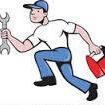
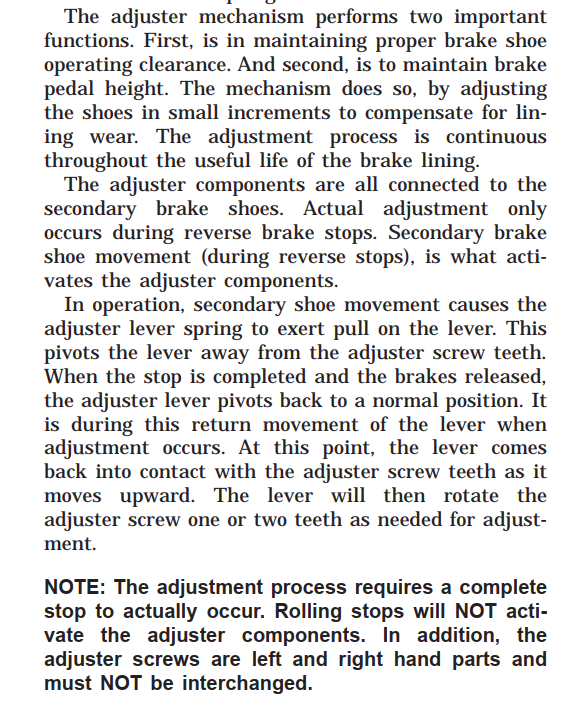
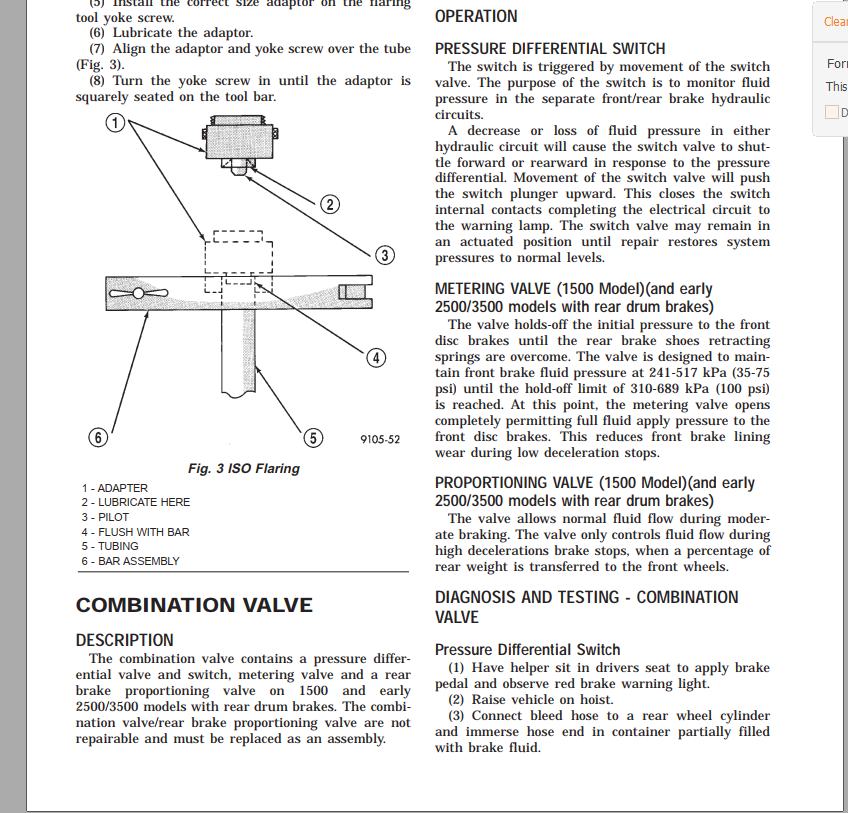

When I bought my truck about 8 or 9 years ago the rear brakes had been over heated and would shudder when the rear drums got hot. I have replaced the shoes and drums once and had 3 different shops do rear brakes including drums , shoes, Ebrake cables hardware and had them check everything that go with it. The last time was in Oregon ( I live in Wi.) when I was in vacation in Oct. when they overheated on the way there and again they have self adjusted back to the point that they drag and the pedal has moved up to the top of the travel. I have 2 question. 1 Can anyone think what else to check. 2 What components do I have to remove to get rid of the self adjusting and just make it manual adjust like they were years ago.